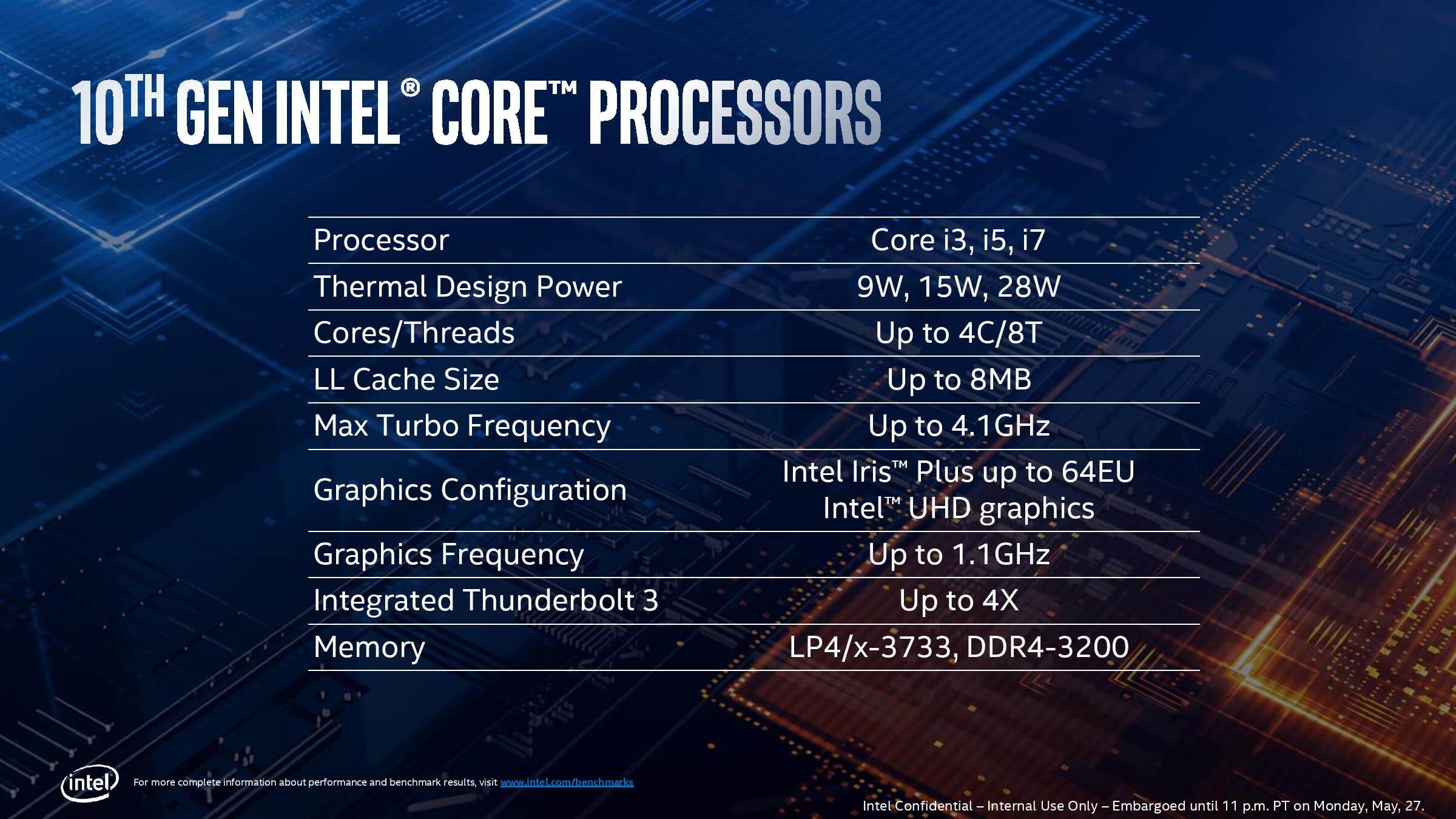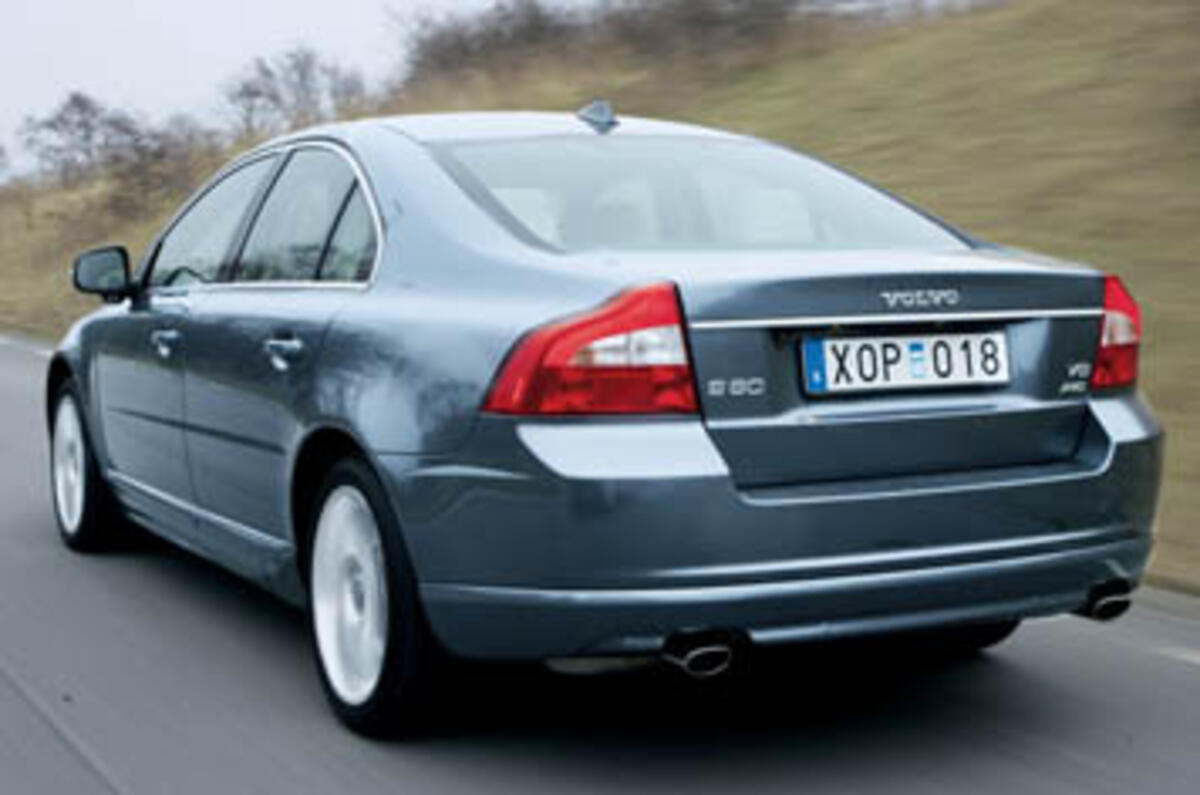- Here's hoping we get some news on the new generation of woods soon. As a lefty I've really been running out of patience being unable to get my hands on the Proto drivers. I got fit into a Gen 2 recently but I've been holding out hoping Proto or the next gen will be made available to us backwards players.
- Feb 18, 2020 There are various methods to “know” these driver mutations – Sanger sequencing, Real Time PCR, Next Generation Sequencing etc.
Helping your teen learn to drive is a major milestone in the lives of many parents. This process is filled with extra patience, proud moments, and a bit of fear as you imagine your teen behind-the-wheel without you. But a recent study shows that many parents are optimistic about the next generation of drivers being safer than their own generation.
Thanks to better training, new regulations, improved safety features, and safer general driving behaviors, today’s parents are confident that this next generation is on their way to becoming safer drivers than in generations past and present.
Why Parents Are Optimistic About the Next Generation of Drivers Published: August 20, 2020 Helping your teen learn to drive is a major milestone in the lives of many parents. This process is filled with extra patience, proud moments, and a bit of fear as you imagine your teen behind-the-wheel without you. Over 15 years of experience in the delivery industry; Online ordering with our downloadable desk top icon; Experienced and friendly staff and drivers. Next generation games will demand much more than just fast rendering of triangles and pixels—they will require the GPU to compute physics, simulate artificial intelligence, and render advanced cinematic effects. These demands are all met by the next generation NVIDIA ® CUDA™ architecture in GTX 400 GPUs.
Let’s take a look at these factors and how they’re contributing to a generation of safer drivers.
Better Training
In a recent survey, 81% of parents said that their children received a better driver’s education than they did. For many parents, driver’s ed was taught as part of their public school education, and it was often taught by the gym teacher who had a free period.
Today’s driver’s ed experience is more sophisticated. Specialized driving schools have popped up countrywide over the past couple of decades to offer quality driving instruction. Online driving schools provide engaging, multimedia curriculum to make the material interactive and memorable. And today’s driving instructors are also generally better trained than driving instructors of past decades, which allows them to better communicate the principles of safe driving to their students.
Thanks to this improved driver’s ed training, nearly three in four parents surveyed agreed that their teen is a safer driver than they were at his or her age.
Parent-Taught Driver’s Ed
We can’t have a complete discussion of the better training for new drivers without mentioning parent-taught driver’s ed as a new driver training option.
Parent-taught driver’s ed is a state-authorized driver’s ed program led by parents instead of by driving instructors. While most state-approved driver’s ed programs require a behind-the-wheel component with a certified driving instructor, some states, like Texas, are now allowing parents to instruct their teens in the behind-the-wheel portion of their driver’s training.

Many parents are happy to accept responsibility for their teen’s driving education. 76% of parents believe their parent-taught teen would be as safe as a driver who took lessons with a professional driving instructor. And parents appreciate the reduced cost, increased scheduling flexibility, and shorter turn-around time of these new parent-taught driver’s ed programs.
Check with your local DMV to see if parent-taught driver’s ed programs have been approved in your state.
New Regulations
Changes in driving regulations have also played a part in making this coming generation of drivers safer on the road.
Around the turn of the millennium, most states took new drivers directly from learner’s permit (which allowed the teen driver to practice driving as long as a licensed adult over a certain age supervised from the passenger’s seat) to full driver’s license. But today, most states include a “probationary” or “provisional” period between learner’s permit and full driver’s license. This period typically includes restrictions on how many passengers can be in the vehicle with the new driver and which hours of the day the driver can get behind the wheel.
In Texas, for example, teens between 16 and 17 years old can be granted a provisional driver’s license with the following restrictions:
You may not drive a motor vehicle with more than one passenger in the vehicle under 21 who is not a family member.
You may not drive a motor vehicle between midnight and 5:00 a.m., unless the operation of the vehicle is necessary for the driver to work, to attend or participate in a school-related activity, or due to a medical emergency.
You are restricted from using a wireless communications device, including a hands-free device, except in the case of an emergency.
59% of parents surveyed believe regulations like this, which limit driving time, passengers, and distractions, are keeping today’s teenage drivers safer.
Improved Safety Features
Thanks, in part, to the effort of the National Highway Traffic Safety Administration (NHTSA), today’s vehicles are designed to be safer than vehicles driven by previous generations. Improved safety features, like Electronic Stability Control (ESC), Tire Pressure Monitoring Systems (TPMS), and rear-facing cameras are standard on new vehicles.
These improved vehicle safety features have had a dramatic impact on driver safety. In 2011, the US Transportation Secretary, Ray LaHood, announced that the number of traffic fatalities in 2010 was the lowest it had been since 1949! This is especially impressive considering the significant increase in the number of miles Americans drove on average in 2010 compared to 1949.
In addition to the safety features of vehicles themselves, safety features are also now available on mobile devices to promote safe driving. There are multiple safe driver apps, which monitor factors like speed, braking, and cornering to keep drivers accountable for their driving habits. There are also multiple apps that prevent drivers from accessing their cell phones while a vehicle is in motion, which limits cell phone-related driving distractions.
Safer Behaviors
Speaking of cell phone-related distractions, our survey data indicates that cell phone distractions are a bigger problem for parents today than for teens. Teens seem to be practicing safer driving behaviors with regard to phone access, texting, and even social media.
Consider these survey results:
Parents are 38% more likely to keep their phone accessible while driving than their teens are
Parents are 28% more likely to text while driving than their teens are
Parents are 6% more likely to check social media while driving than their teens are
Perhaps this is why a respectable 72% of parents surveyed report trusting their teen to drive safely more than their parents trusted them.
Recently popularized tools like parent-teen driving contracts also help build trust. These formal written agreements between parents and their teen drivers outline the parent’s expectations regarding driving behaviors and explain the consequences for the teens if they fail to meet these standards.
Drivers Netgear Wna1000m N150
On the whole, teens seem to have taken the safe driving message to heart, giving parents good reason to be optimistic about the safety of the next generation of drivers.
Do you want more information on online drivers ed courses, behind-the-wheel instruction, and teen driving tips? Find it all at DriversEd.com!

Drivers Next Gen X
Get Started with your Online Drivers Ed Course Today
